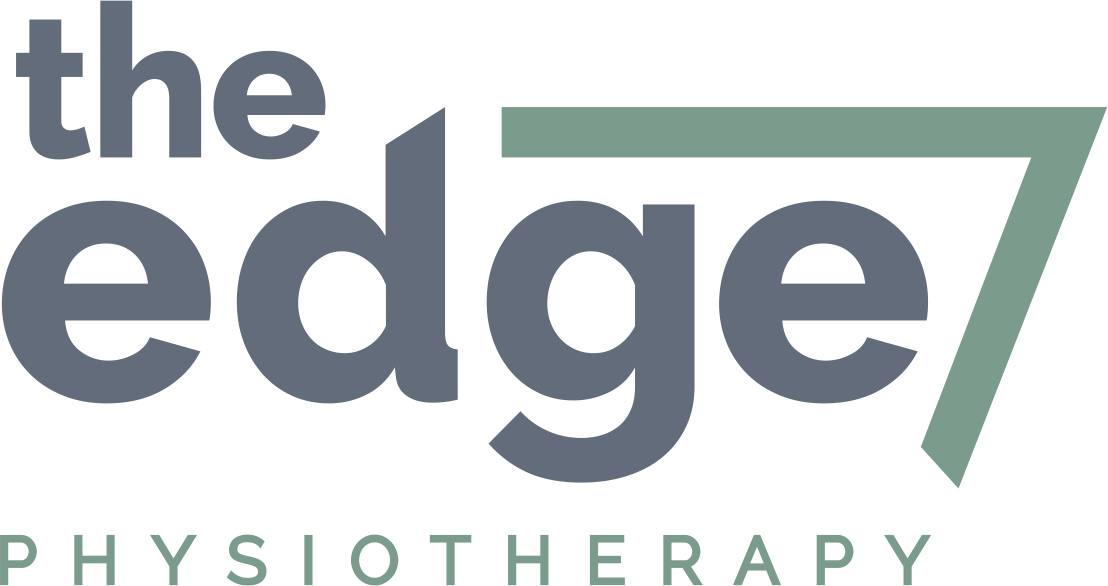Frozen Shoulder - Adhesive Capsulitis
Almost every physio who works in private practice has at one point or another treated a patient with Frozen Shoulder/Adhesive Capsulitis (AC). While easy to identify if your therapist has taken a detailed history, as far as shoulder conditions go, it’s not one that patient’s or therapists relish managing.
What is it?
AC is an unusual inflammatory lesion of the Glenohumeral Joint (shoulder joint) that causes thickening and contraction of the joint capsule (fibrosis) and the inferior Glenohumeral Ligament which reduces shoulder joint range.
The shoulder
How do I know I have it?
Most of the time it comes on out of knowhere, occasionally post-operative shoulders or trauma can precede it due to periods of immobilisation; diabetes is also a risk factor and post menopausal women, as usual, end up getting the short end of the stick with a larger predisposition to AC. In addition it usually affects the non-dominant arm. The first thing you notice is a loss in ranges both abduction and external rotation due to pain (see images below). This is known as the Freezing phase. The second phase is the Frozen phase where you have large losses in shoulder ranges but less pain, and finally the Thawing phase where your movement comes back and with that some pain.


X-rays aren’t generally that helpful as many just show nothing interesting or related to the condition. An x-ray will generally demonstrate a decreased joint volume and sometimes osteoporosis or small cysts at the humeral capsular attachment. X-rays are used to rule out other pathology in most cases, so always a useful part of the picture when it comes to diagnosis in my book.
Some conditions to rule out which mimic this condition are subacromial pathology and rotator cuff tendinopathy; post stroke shoulder subluxation and referred pain from the cervical spine (neck) or a malignancy.
Will it go away? please say yes…
The answer is, yes, it will go away. The bad news is, not for a while. While seeing a physiotherapist can reduce the timeframe for recovery with Frozen Shoulder, the normal progression is 6mnths to 3 years. I know it sounds like a long time, but the hard fact is that this condition has to go through a natural progression before resolving. I can’t tell you how many people I have seen after they have dropped large amounts of money on different therapies that claim to resolve this condition, and only come to the realisation that …. it must run its course.
What do physiotherapists do for Frozen shoulder?
You can’t treat something without a diagnosis, so this is an important thing to have, and more often that not Frozen Shoulder is under-diagnosed, perhaps because physios generally want to help and Frozen Shoulder is not very treatable in the first phases with physio. Hence, we see what we want to see. During the freezing and frozen phase pain relief is generally what you’re after. By the time it starts thawing that’s when physios really shine, you’d be quite taken back at how well these shoulders respond to manual treatments and strength programs once they are ready to. In some cases I have had patients undergo a cortisone to the shoulder to aid with engagement in therapy once the shoulder is thawing, but this is a personal choice. If you can avoid a cortisone, the tissue of the shoulder will be better off for it. To learn more about cortisone injections, I have addressed this is a recent post.
If you have questions relating to this post please reach out via our social media platforms.
Sam and Andy

